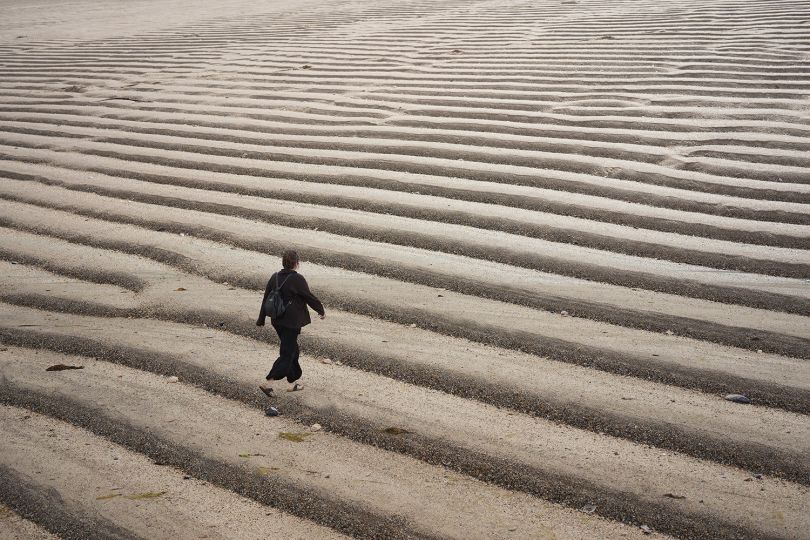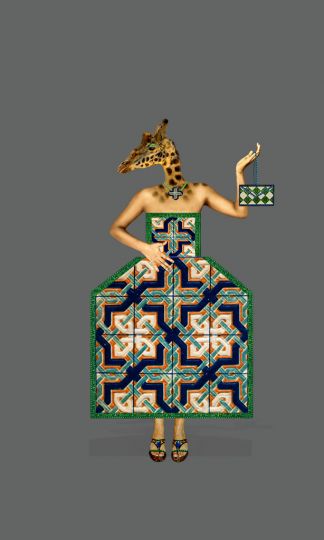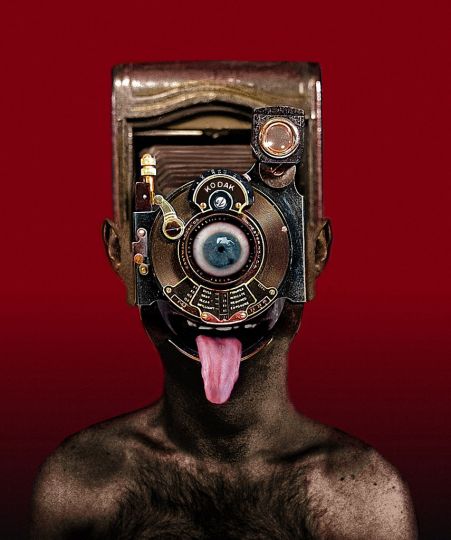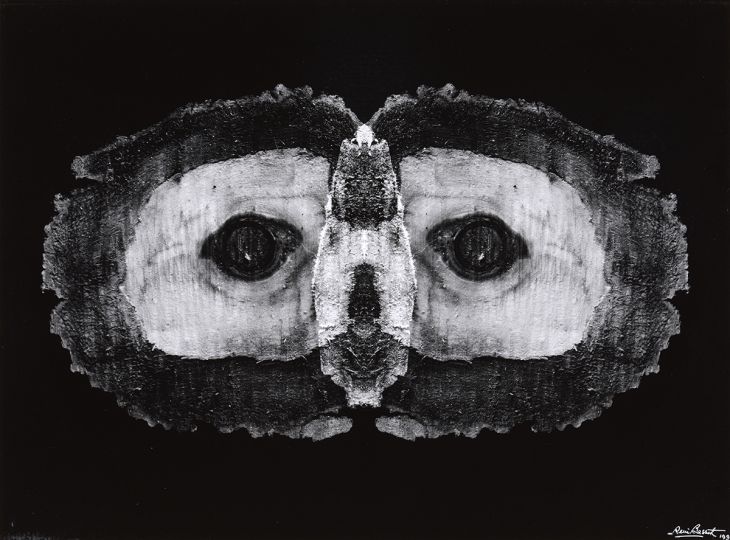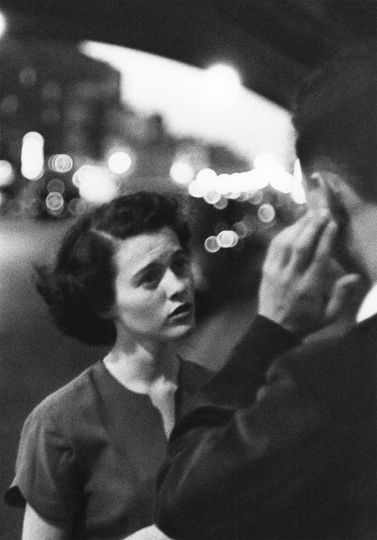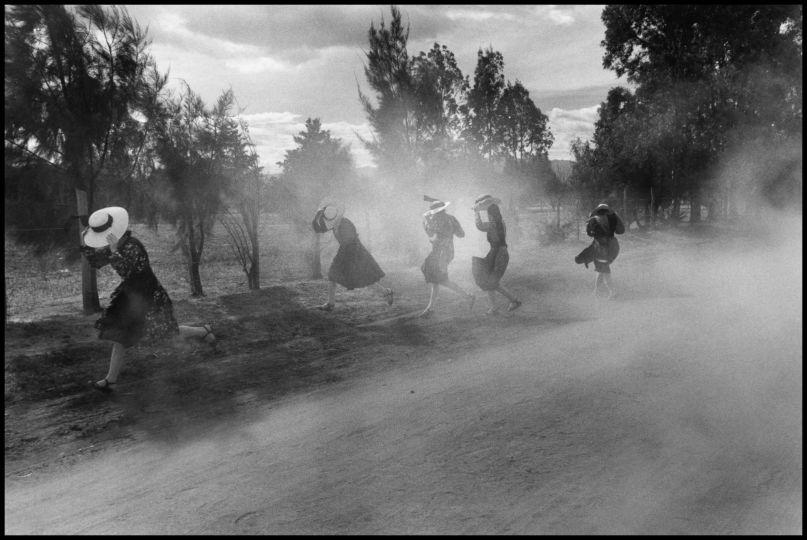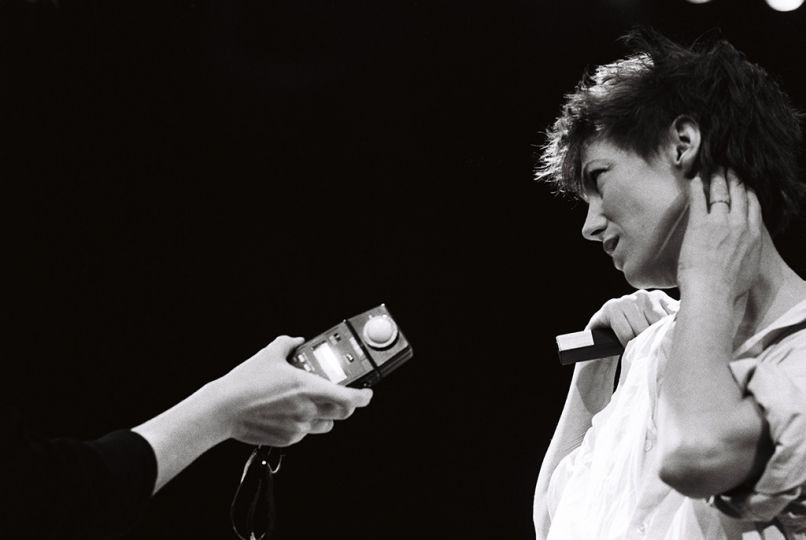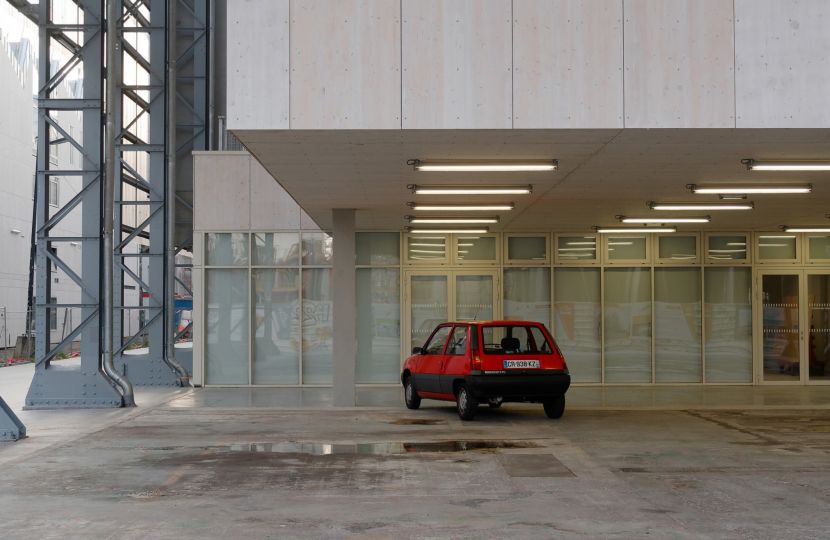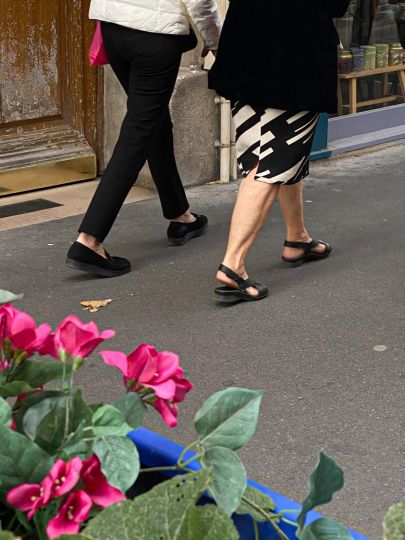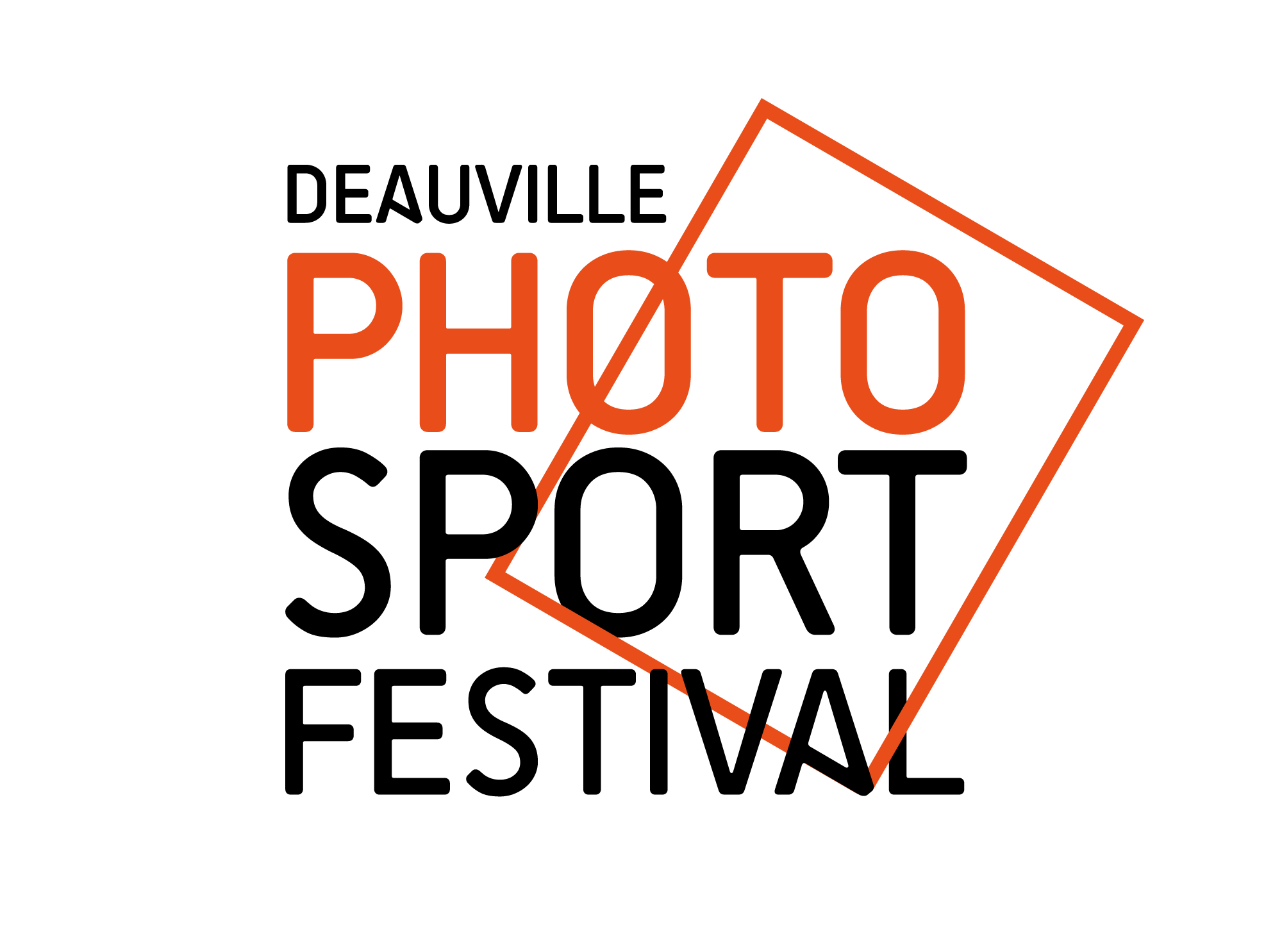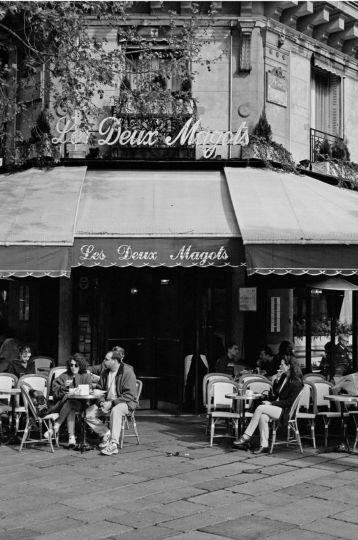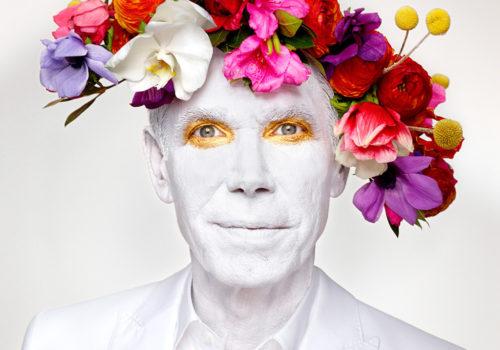In Lyon, the Vrais Rêves Gallery welcomes the photographic creations of Dominique Lardet, marked by a subtle play of superimposition.
This technique, akin to retouching, since it proceeds by superimposing successive images, has long been decried by the advocates of pure photography where the only accepted superimposition would be that of the eye and the lens. It therefore required courage and great tenacity to impose a project that contradicted the common demands of fashion. An eminently personal project where the eye played the role of the third eye – its role! – in the making of the complex photographic image.
The interior space! Such is the overprint, the only one, that Dominique Lardet imposes on her realizations, and this, to say it in an abrupt way, which does not take into consideration the detail of the combinatory modalities put in place for the invention of a truth more beautiful than the objectivity. She affirms it herself strongly with The Walking Woman, title of a series that gives the note of her production: that maritime, sandy, desert, strewn with seaweed or footprints, she is there, always the same, always herself, not in the center but in the background of the global view, in a presence at the same time improbable and strategic, as if the depth of the glance settled in the heart of her scattered shots.
As we move through each series, we find the same contrast between a scattering of images and a structure of harmony that can be plastic or sometimes narrative, as in The Blue Ribbon. In this series, indeed, everything begins with a snapshot: an epitaph whose text is partially hidden by a sheaf of flowers held by a blue ribbon. As if in a flash, Lynda’s name lights up, coming out of the darkness where fate had plunged it to haunt the vision of a photographer. The landscapes of Durham County, calm and green, overflow from their natural settings to invade urban life. A recumbent, risen from the waves, spreads its eternal silence in the forecourt of St Cuthbert’s Cathedral, the columns and pilasters of the nave merge with the branches and foliage of the forest trees, the foam of the ponds bubbles up as if after Ophelia’s immersion, and giant apples litter the lawns of cottages. The photograph allows itself to become extralucid and discovers the magic of childhood dreams to deliver imaginary hypotheses on Lynda’s incomprehensible absence.
Overprinting makes possible a plastic mode of writing: the breathtaking, the marvelous, the astonishing and quite simply the narrative are put in place. Dominique Lardet will use it to give a visible scene to an episode of her family history. To produce the series Their City, she will travel three times to Lodz, to the places where her grandparents grew up. She reconstructs this strange and personal past by discovering an unknown urban landscape that she photographs. She creates the stages of the story by adding to her shots fragments of a photograph dating from 1920.
On a plastic level, the closeness, the shifts and the play of light of the overprinting make incompatible universes overlap. When Dominique Lardet embarks on the Sacred Nature series, she is not only concerned with pursuing a relationship of simple analogy between certain aspects of plant nature and religious architecture. She revives medieval spiritual qualifications of the tree as the Axis of the World or the Bridge to Heaven. She stages the vegetal invasion of monumental naves thanks to an architecture of light that overflows the stature of the old stones, thus creating unusual relationships between the elements. In one photograph, one believes to see umbellifers twirling in disorder in the manner of a frank body of jellyfish seizing the air of the nave as a new place of life. Overprinted, photography has become impressive: by its power to diffuse and order light, it establishes the Sacred among the vestiges of belief and the freshness of the foliage.
It is fortunate that this retrospective of Dominique Lardet’s work is exhibited in the gallery that bears the name Vrais Rêves. This free passage between the shores of reality and those of the imaginary fits exactly with the photographer’s particular commitment: to make the visible speak by integrating into the capture of reality the dreamlike attention she pays to the living and to things.
Robert PUJADE, 2021.
Information
Galerie Vrais Rêves
6 rue Dumenge, 69004 Lyon, France
January 15, 2022 to February 26, 2022

